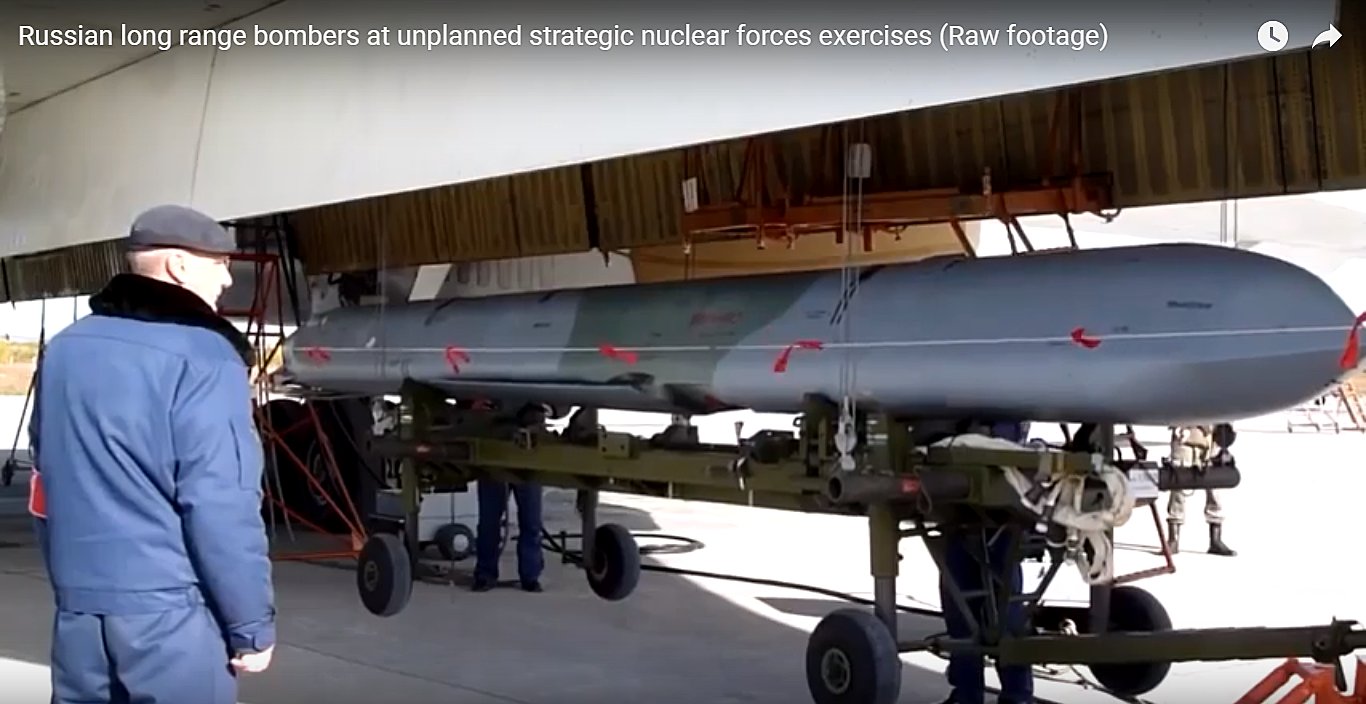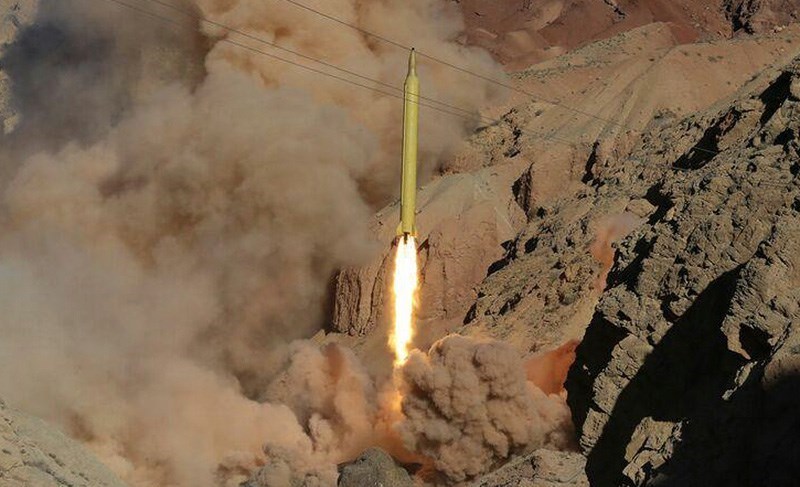In the initial weeks of the Russian invasion of Ukraine, it would have seemed impossible that Russia would call upon Iran to provide it with weapons.
In the changing war scenario, speculations are rife that Moscow could lean on Tehran to restock its dwindling inventory of long-range missiles. This is after Iran supplied hundreds of drones to Russia.
As per the estimate of the Ukrainian Air Force, Russia fired over 83 missiles in its attacks across Ukraine on October 10, believed to have been carried out in response to the bombing of the critical Kerch Bridge that connects the Russian-occupied Crimean Peninsula to mainland Russia.
Ukrainian Air Force spokesperson Yurii Ihnat said that the missiles fired by Russia included high-precision missiles, which are difficult to counter, such as the Kalibre, Kh-101, and Iskanders. However, the Ukrainian Air Force could still destroy 43 of the 83 missiles fired, Ihnat claimed.

“Out of 43 missiles, slightly more than half were destroyed by our air defense. Considering the means we have in our arsenal today, this is an extremely high indicator,” Ihnat said.
It is not possible to independently verify the estimates provided by Ihnat. However, the missile assault was undoubtedly on a much larger scale than has been observed in recent months of the conflict.
However, there have been several reports of the dwindling stock of Russia’s precision-guided standoff missiles throughout the ongoing Ukraine conflict, speculating whether the Kremlin can sustain its missile attacks for the remainder of the conflict.
As horrible as today was for Ukraine today, the sliver of good news here is that Russia likely can’t sustain this rate of missile launches. It’s very telling that they have not had this rate of long range fires since the start of the war
— Dmitri Alperovitch (@DAlperovitch) October 10, 2022
“We believe that Russia is running short of munitions,” Jeremy Fleming, head of the UK’s GCHQ intelligence and security organization, told the BBC this week.
“It’s certainly running short of friends… The word I’ve used is ‘desperate.’ We can see that desperation at many levels inside Russian society and inside the Russian military machine,” Fleming added.
Vadym Skybytsky, a representative of the Ukrainian Ministry of Defense, said in September that Russia has less than 200 Iskanders and rarely uses them in Ukraine.
“Iskander is now used very rarely. The last time was literally in August when they were used in the Kyiv area, from the territory of Belarus,” Skybytsky said in the podcast.

There have also been several reports of Western sanctions having blocked the Russian defense industry’s access to the electronic components required for producing more of these missiles.
Therefore, it is possible that with a dwindling stock of precision guided-munitions and limited capacity to replenish them, Russia, already having used Iranian-made drones, could also purchase Iranian-made missiles to sustain its war effort in Ukraine.
What Missiles Could Russia Buy From Iran?
Iran has developed a vast arsenal of ballistic missiles of various ranges, making it a formidable regional power in the Middle East. The expanding arsenal has been a cause of concern for Tehran’s regional rivals like Israel, Saudi Arabia, and even the US forces stationed in Iraq and Syria.
For example, in January 2020, Iran fired Qiam series of short-range ballistic missiles (SRBM) at the Al Asad Air Base in Iraq, which hosts US and coalition troops. The attack was retribution for the US drone strike that killed Iran’s top General Qassem Soleimani.
The U.S. military has released never-before-seen aerial surveillance footage of Al Asad Air Base in Iraq during the unprecedented Iranian ballistic missile strikes on that facility last year. The annotated video, shot by a drone orbiting overhead at the time, shows six Qiam- pic.twitter.com/j1ie1HgOv0
— Ibrahim mukhtar (@ibrahimhadi313) March 3, 2021
While there were no US casualties, the attacks caused extensive damage to the air base.
Yemeni Houthi rebels have also employed Qiam series missiles, which they refer to as Burkan-2H, against Saudi Arabia on multiple occasions.
#Yemen #Houthi media release footage of claimed Burkan-2H /#Iran Qaim-1 (see above) ballistic missile targeted at Al -Yamamah Palace in #Riyadh #SaudiArabia pic.twitter.com/w32RV7kZLT
— Joseph Dempsey (@JosephHDempsey) December 19, 2017
As per the Western estimates, there are at least 20 different Iranian ballistic missile designs, different sub-variants not included, offering a wide variety of missiles for Russia to choose from for different purposes.
For example, the Qiam-1 SRBM reportedly has a range of around 804 kilometers, enabling the Russian forces to strike targets across Ukraine. The more advanced versions of the Qiam series also have a maneuverable re-entry vehicle (MaRV) that offers enhanced accuracy against high-value targets and makes it difficult for air defenses to intercept.
The Ghadr-110, an improved version of the Shabab-3 medium-range ballistic missile, has an even greater range of around 2000 kilometers.

Russia could field these missiles much further from Ukraine’s borders. Together with the inherent mobility of the various road-mobile types of Iranian ballistic missiles, Ukraine, which has minimal standoff weapons capabilities, would find it very difficult to counter the threat posed by these missiles.
However, certain Iranian-made long-range missiles have a drawback, including the Qiam-1 and the Ghadr, as they are powered by liquid-propellant systems, making them hazardous to use and even causing a considerable amount of time to put into action.
Russia does not necessarily require rapid-response weapons for many of its targets. Therefore, it could acquire shorter-range missiles powered by solid propellants to provide much-needed standoff weaponry.
For instance, Russia could purchase the Fateh series of road-mobile, solid-fuel SRBMs, some of which are also known to be equipped with terminal guidance, offering more strike accuracy.
The Fateh-110, which is battle proven and put into large-scale production, could attract the interest of Russian military generals. The missile has a range of almost 300 kilometers, making it well-suited to take out many targets inside Ukraine.

Other missiles in the Fateh series, such as the Zolfaghar, a single-stage, solid-fuel, SRBM and the two-stage ‘Shahid Haj Qasem’ were unveiled in August 2020 and named after General Qasem Soleimani, reportedly have ranges of around 700 and 1400 kilometers, respectively.
Notably, Iranian surface-to-surface missiles (SSMs) often use transporter-erector-launchers (TELs) based on commercial truck chassis, making them straightforward to maintain and operate.
- Contact the author at tanmaykadam700@gmail.com
- Follow EurAsian Times on Google News




